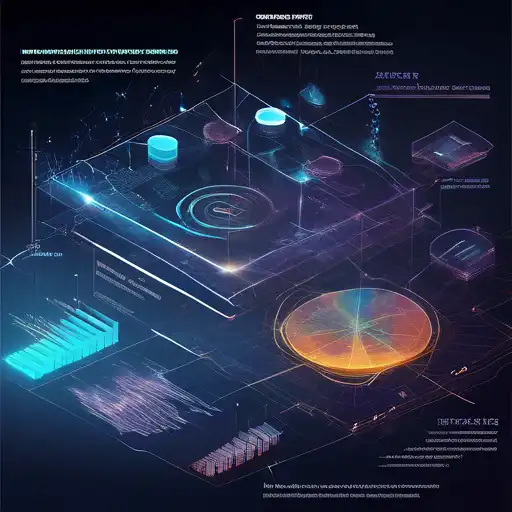Introduction to Data Visualization
In today's data-driven world, the ability to quickly interpret and act on data is crucial. Data visualization plays a pivotal role in transforming complex data sets into understandable and actionable insights. This article explores various data visualization techniques that can help individuals and organizations make better decisions.
Why Data Visualization Matters
Data visualization is not just about making pretty charts; it's about telling a story with data. It enables us to see trends, patterns, and outliers that might go unnoticed in raw data. Effective visualization can lead to better insights, faster decision-making, and more compelling data storytelling.
Key Data Visualization Techniques
There are several techniques to visualize data, each suited for different types of data and insights. Below are some of the most effective ones:
- Bar Charts: Ideal for comparing quantities across different categories.
- Line Graphs: Best for showing trends over time.
- Pie Charts: Useful for displaying proportions within a whole.
- Scatter Plots: Excellent for identifying correlations between two variables.
- Heat Maps: Great for visualizing complex data like user behavior on websites.
Advanced Visualization Techniques
For more complex data sets, advanced techniques such as interactive dashboards, geospatial mapping, and network diagrams can provide deeper insights. These methods allow users to explore data in more dynamic and engaging ways.
Choosing the Right Tool
Selecting the right tool is essential for effective data visualization. Popular options include Tableau for interactive dashboards, Power BI for business intelligence, and Python libraries like Matplotlib and Seaborn for custom visualizations.
Best Practices for Data Visualization
To maximize the impact of your visualizations, follow these best practices:
- Keep it simple and avoid clutter.
- Use colors strategically to highlight key information.
- Ensure your visualizations are accessible to all audiences, including those with color vision deficiencies.
- Always provide context for your data to make it meaningful.
Conclusion
Data visualization is a powerful tool for uncovering insights that can drive strategic decisions. By mastering various visualization techniques and adhering to best practices, you can transform raw data into compelling stories that resonate with your audience. For more on leveraging data for business success, explore our business intelligence resources.
